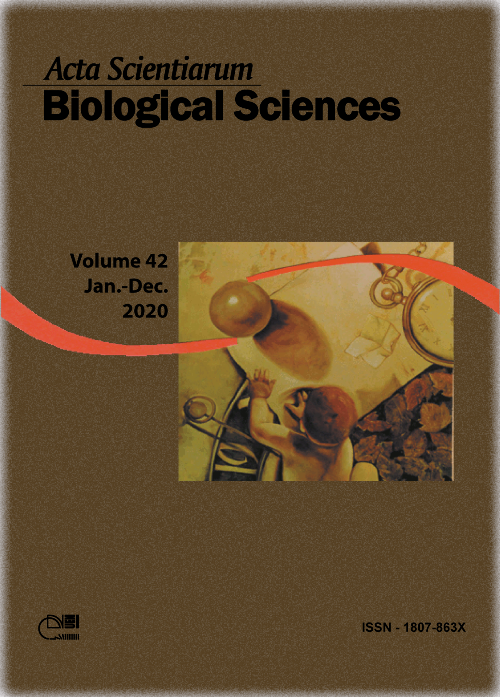Traditional knowledge and perception of birds in the Parnaíba Delta environmental protection area, Northeast Brazil
Abstract
Local inhabitants retain a vast knowledge about the bird richness surrounding them, as well as many of their ethological and ecological aspects, and can identify the importance of those birds to the maintenance of ecosystem integrity. The present study sought to document the traditional knowledge retained by members of the Labino community concerning the avifauna of the Delta do Rio Parnaíba Environmental Protection Area (APA), Piauí State, Brazil. We interviewed 76 male (51% of the sample) and 74 female (49%) residents. The interviewees indicated the occurrence of 97 bird species belonging to 21 orders and 40 families. Men could identify more bird species than women. Older individuals recognize more bird species than younger members of the community. Individuals with less schooling demonstrated greater knowledge of species richness than those with more formal educations. A very significant percentage (45%, n = 68) of the interviewees reported consuming native birds, principally Aramides cajaneus, Columbina squammata, and Zenaida auriculata. A total of 48 species were perceived as having their populations reduced in recent years, principally Mimus gilvus, Icterus jamacaii, Aramides cajaneus, Turdus rufiventris, and Cacicus cela. The residents of the Labino community were therefore found to have a detailed knowledge of the local avifauna and perceived impacts caused mainly by hunting in the Parnaiba River Delta region.
Downloads
DECLARATION OF ORIGINALITY AND COPYRIGHTS
I Declare that current article is original and has not been submitted for publication, in part or in whole, to any other national or international journal.
The copyrights belong exclusively to the authors. Published content is licensed under Creative Commons Attribution 4.0 (CC BY 4.0) guidelines, which allows sharing (copy and distribution of the material in any medium or format) and adaptation (remix, transform, and build upon the material) for any purpose, even commercially, under the terms of attribution.
Read this link for further information on how to use CC BY 4.0 properly.












1.png)




3.png)













